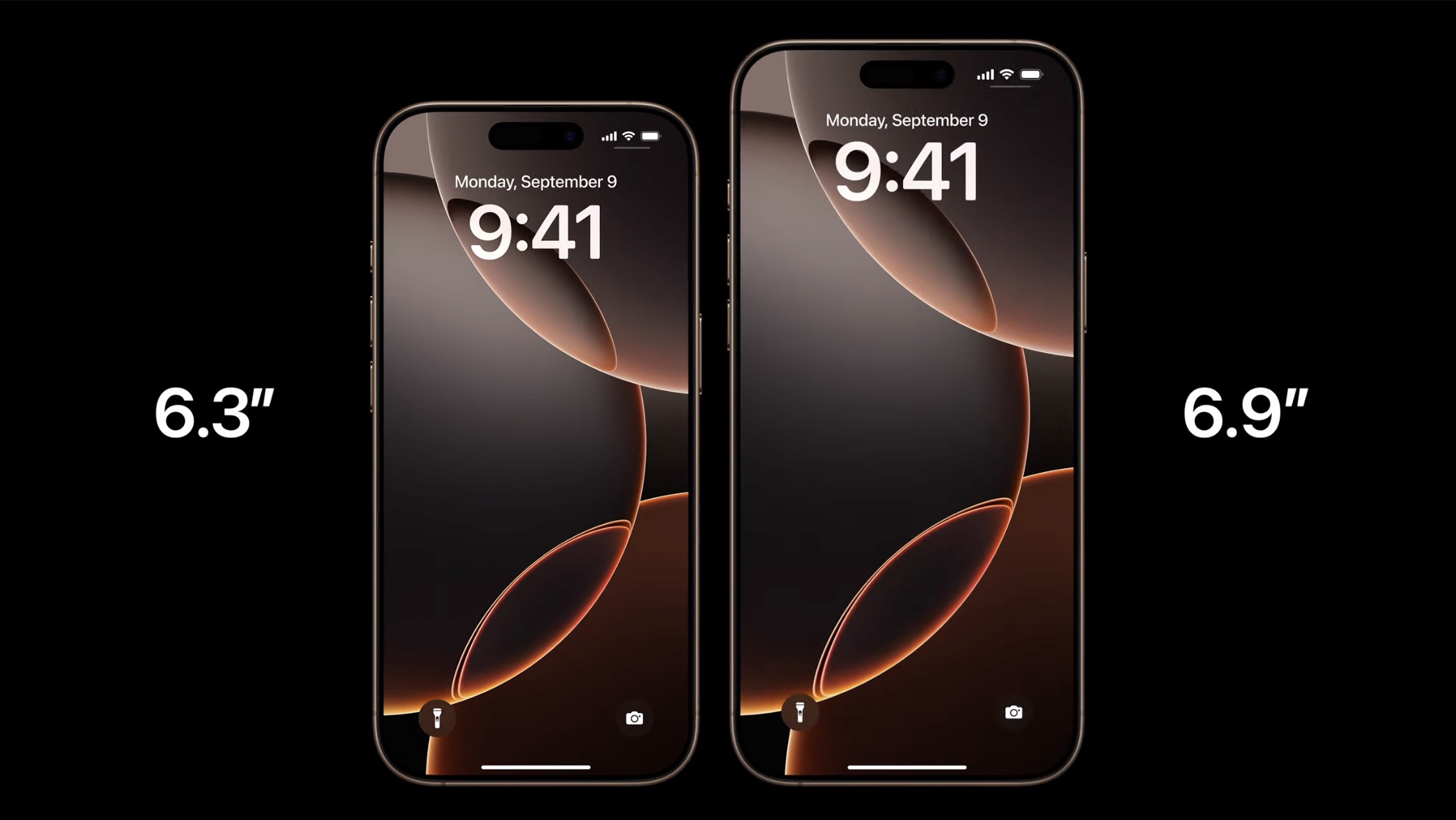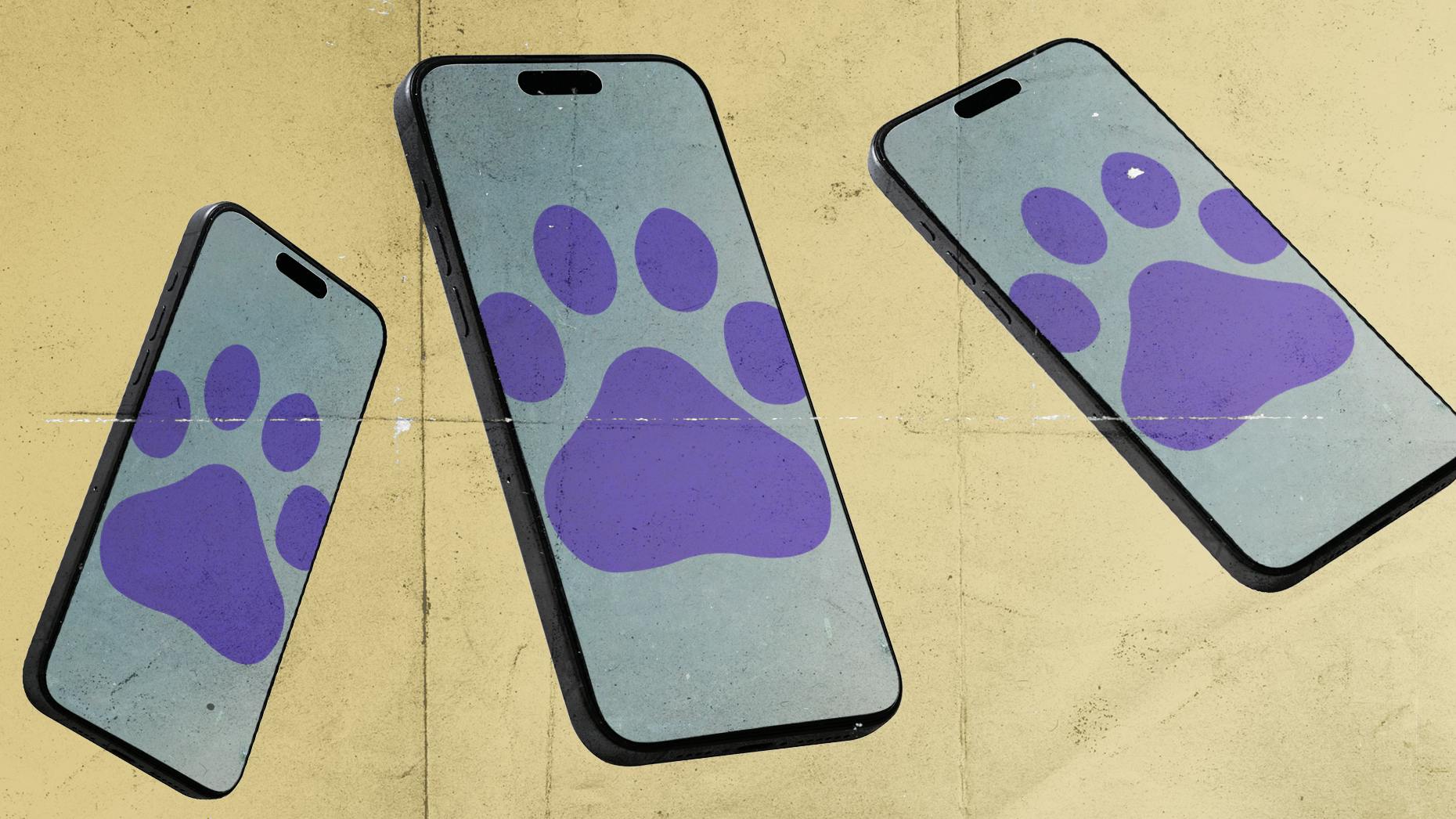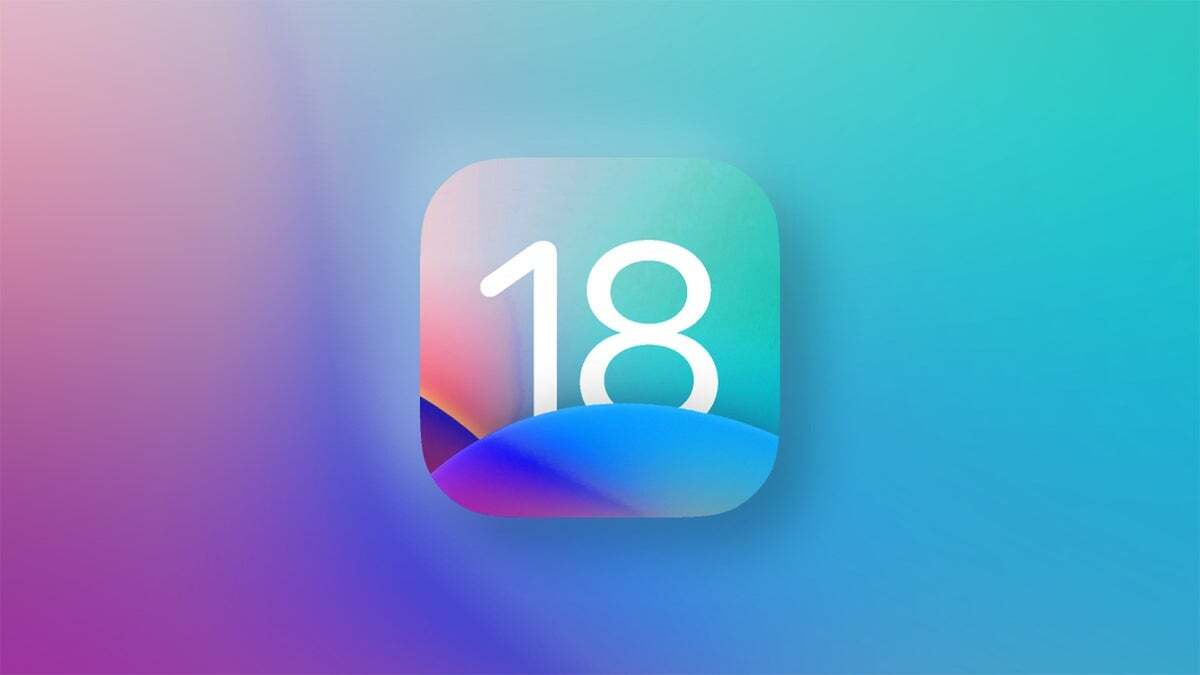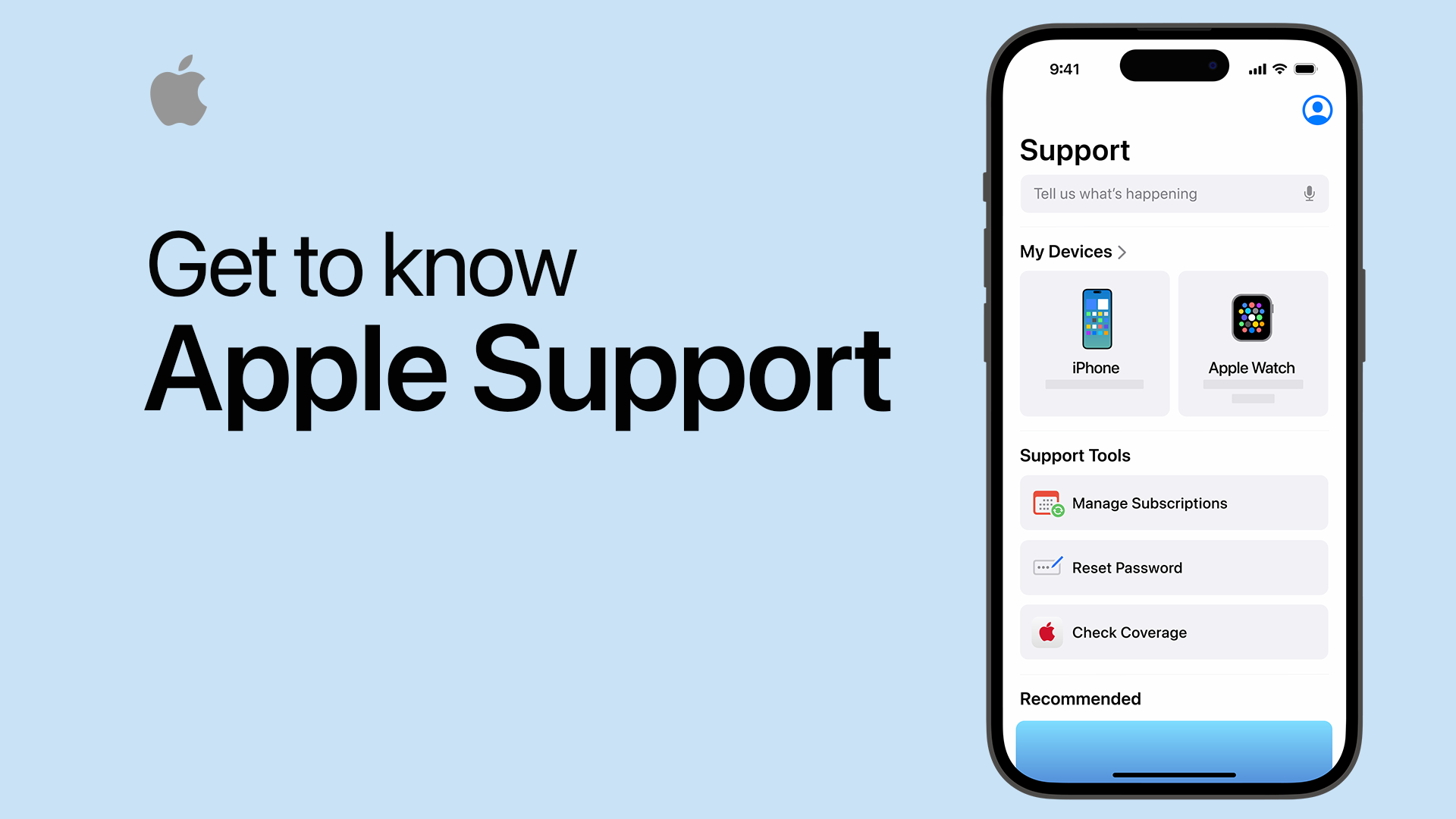
The iPhone Revolution – How Apple’s Smartphone Transformed Communication
The iPhone has become more than just a smartphone; it represents an era of technological advancement and cultural change. Since its debut in 2007, the iPhone has redefined how we communicate, share information, and interact with the world around us. Its influence extends beyond its sleek design and user-friendly interface; it’s a testament to innovation that keeps evolving with each new model.
The Evolution of the iPhone: A Journey Through Time

The journey of the iPhone began with a vision for a device that could seamlessly blend functionality and style. Over the years, this vision has transformed into a multifaceted product range that serves millions globally. To fully appreciate the impact of the iPhone, we need to delve into its evolution over the years.
The Birth of the Smartphone Era
When Steve Jobs unveiled the first iPhone, the tech world was sparked into a frenzy. It wasn’t merely a phone; it was a groundbreaking device that introduced a touchscreen interface and eliminated traditional physical keyboards.
The iPhone‘s success was rooted in its unique combination of features:
- Intuitive Design The minimalist design philosophy of the iPhone made it accessible to everyone, regardless of age or tech-savviness. By eliminating physical buttons, Apple created a clean interface that revolutionized interaction. Users could navigate with swipes and taps, making technology feel more organic.
- App Ecosystem Shortly after the iPhone‘s launch, the introduction of the App Store opened the doors for developers worldwide. This revolutionary marketplace allowed anyone to create apps, enhancing the smartphone experience and cementing the iPhone‘s position as a versatile tool for everyday life.
- Media Consumption The iPhone changed how we consume media. With its large screen and high-resolution display, users could watch videos, play games, and browse the web on-the-go. The concept of “pocket entertainment” was born, paving the way for mobile content consumption.
Each iteration of the iPhone brought enhancements in hardware and software, solidifying its status as a household name and a staple in modern communication.
Major Milestones in iPhone History
As we reflect on the key milestones that shaped the iPhone‘s trajectory, several models stand out due to their innovative features and technological advancements.
- iPhone 4 – Retina Display This model introduced the Retina Display, which offered unparalleled clarity and sharpness. It set a new standard for smartphone screens and significantly improved user experience when consuming visual content.
- iPhone 6 6 Plus – Bigger Screens Apple ventured into larger screens with these models, catering to consumers who desired more real estate for browsing and gaming. This move not only boosted sales but also influenced industry trends toward larger smartphones.
- iPhone X – Face ID With the introduction of Face ID, Apple pioneered biometric security technologies for smartphones. This feature not only enhanced security but also showcased Apple’s commitment to innovation in user authentication.
Each milestone reflects Apple’s ability to adapt to consumer needs while pushing the boundaries of technology.
Impact on Global Communication
The iPhone has had a profound impact on global communication dynamics. With each new feature, it reshaped how we connect with one another.
- Social Media Integration The rise of social media corresponded with the iPhone‘s popularity. With easy access to platforms like Facebook, Twitter, and Instagram, users could share moments instantaneously, bridging gaps between friends and families across the globe.
- Video Calling and Messaging FaceTime and iMessage transformed the way we communicate. Suddenly, video calls became mainstream, allowing us to connect visually regardless of distance. Such features fostered relationships and maintained connections that might have otherwise faded.
- Evolving Language and Culture The advent of emojis and GIFs altered communication styles, giving rise to a new language of expression. This phenomenon is particularly evident among younger generations who prefer visual communication over traditional text-based methods.
The iPhone didn’t merely keep people connected; it fostered a cultural shift in how we interact, share experiences, and express ourselves digitally.
The Technological Innovations Behind the iPhone
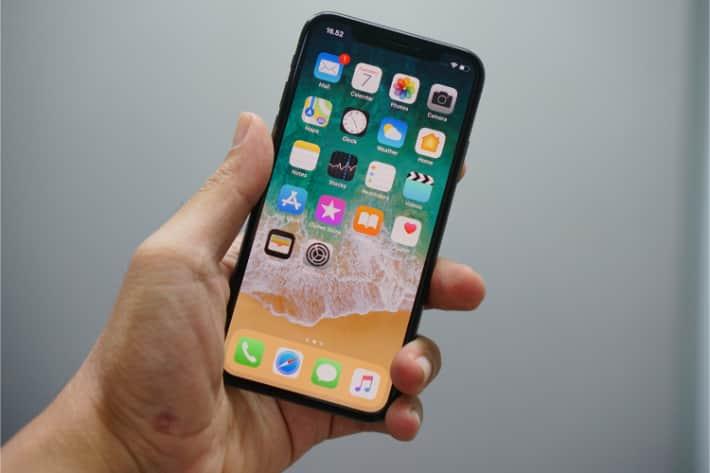
At the core of the iPhone‘s success lies its relentless pursuit of technological innovation. Apple has continuously pushed the envelope by incorporating cutting-edge features that resonate with consumers’ desires for convenience and efficiency.
Hardware Advancements
The iPhone’s intricate hardware architecture sets it apart from other smartphones. Each component is meticulously designed to deliver optimal performance.
- A-Series Chips Apple’s proprietary A-series chips are at the heart of every iPhone. Their performance capabilities consistently outperform competitors, enabling smooth multitasking and power-efficient operations. The latest iterations of these chips redefine what’s possible on a mobile device.
- Camera Technology Apple has invested heavily in camera technology, transforming the iPhone into a professional-grade photography tool. With features like Night Mode and computational photography, even amateur photographers can capture stunning images.
- Battery Life Enhancements Improvements in battery technology ensure that iPhones last longer without compromising performance. Efficient power management algorithms extend usage time, allowing users to stay connected throughout the day.
These hardware innovations collectively contribute to a user experience that feels seamless and intuitive.
Software Ecosystem
The software ecosystem surrounding the iPhone is as vital as its hardware. iOS has evolved through numerous updates, introducing new functionalities that enhance usability.
- User Interface Design Apple’s dedication to user experience is evident in iOS design. Every update focuses on simplification and ease-of-use, ensuring that even the latest features can be accessed intuitively.
- Privacy and Security Features In recent years, Apple has heightened its commitment to user privacy. Features such as App Tracking Transparency put control back into users’ hands, allowing them to choose how their data is shared.
- Integration Across Devices The iPhone thrives in an ecosystem with other Apple products. Features like Handoff, AirDrop, and Continuity allow seamless transitions between devices, highlighting the interconnected nature of Apple’s offerings.
Apple’s software innovations complement its hardware, creating a cohesive experience that keeps users engaged.
Future Trends and Predictions
As technology continues to advance, the iPhone will likely embody future trends that reshape our digital landscape. Understanding emerging trends can provide insights into where the iPhone may be headed.
- Artificial Intelligence Integration AI is poised to play a significant role in future iPhone models. From enhanced virtual assistants to smart photography features, AI-driven capabilities may transform user experiences.
- 5G Connectivity The rollout of 5G networks promises faster internet speeds and improved connectivity. As more consumers adopt 5G, the iPhone can leverage this technology to offer richer online experiences.
- Augmented Reality Applications Apple has shown interest in augmented reality (AR). Future iPhones may incorporate AR features that enhance navigation, shopping, and interactive gaming, further blending the digital and physical worlds.
These predictions highlight the continuous evolution of the iPhone, showcasing Apple’s adaptability in an ever-changing technological landscape.
The Cultural Significance of the iPhone
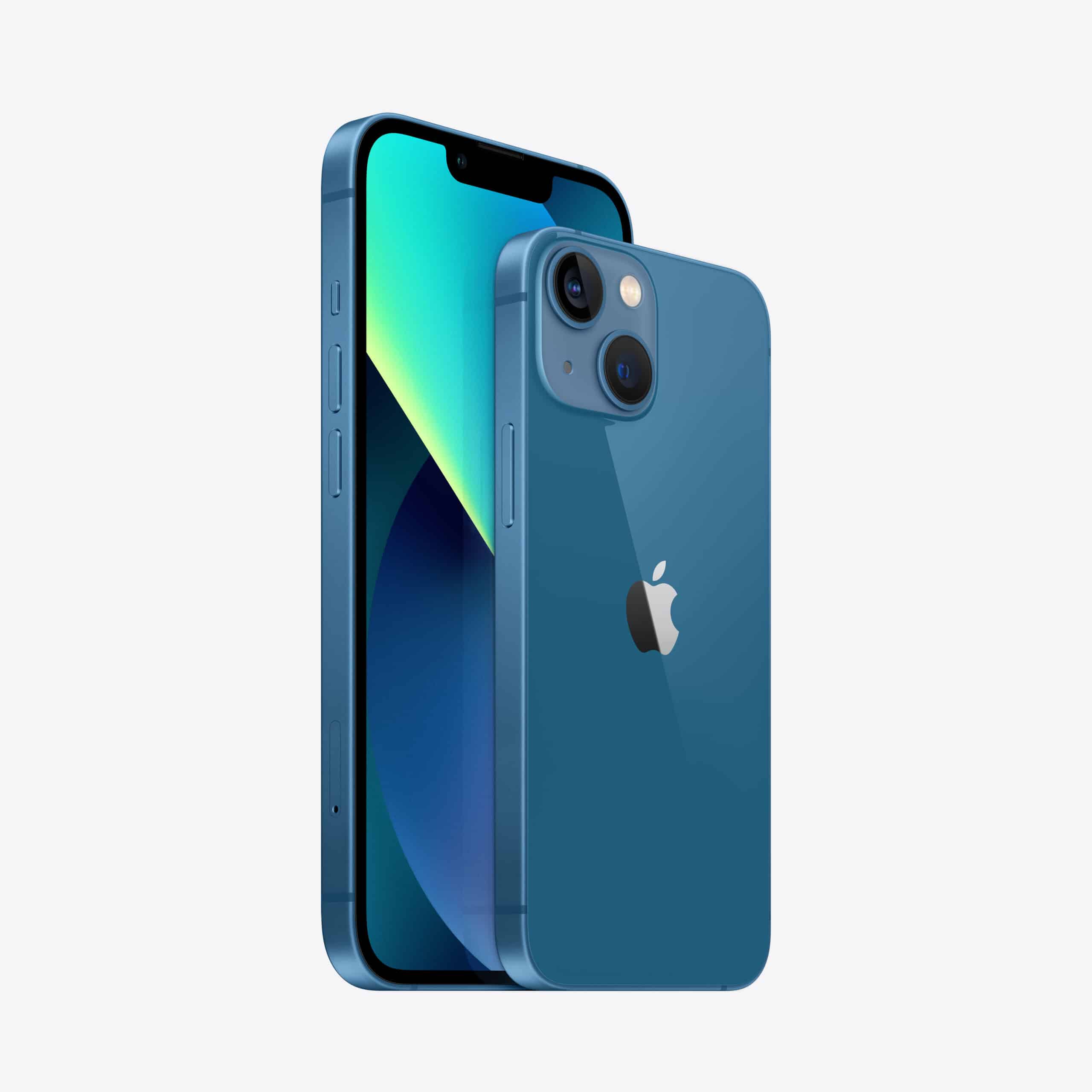
Beyond its technological prowess, the iPhone holds immense cultural significance. It has become a symbol of status, creativity, and connectivity that resonates with people across different demographics.
Shaping Social Norms
The iPhone has dramatically influenced social norms, altering how we perceive communication, fashion, and even personal identity.
- Status Symbol Owning an iPhone often signifies social status. The perception of exclusivity surrounding the brand fuels demand, encouraging consumers to associate wealth and sophistication with ownership.
- Fashion Statement The design of the iPhone has turned it into a fashion accessory. Cases and skins designed by various artists highlight individuality and self-expression, merging technology with style.
- Digital Identity In a world increasingly defined by digital presence, the iPhone facilitates the curation of personal brands. From social media profiles to curated feeds, individuals craft their identities through content they share via their devices.
The iPhone‘s cultural implications extend far beyond its functionality, shaping societal trends and influencing collective behavior.
The Role of Advertising and Marketing
Apple’s marketing strategies have contributed significantly to the iPhone‘s cultural footprint. Innovative campaigns have positioned the iPhone not just as a product, but as a lifestyle choice.
- Iconic Advertisements Apple has mastered the art of storytelling in advertising. Iconic commercials evoke emotions, emphasizing creativity, community, and connection. These narratives resonate deeply with audiences, creating loyal customers.
- Product Launch Events Apple’s product launches have evolved into cultural phenomena. These events attract global attention, showcasing not just new technology but also the excitement surrounding innovation.
- Influencer Partnerships In the age of social media, influencer partnerships have become vital. Collaborations with trendsetters and content creators amplify the iPhone‘s reach, fostering authentic connections with diverse audiences.
Through strategic marketing, Apple has woven the iPhone into the fabric of contemporary culture, influencing consumer behavior and preferences.
Challenges and Criticism
While the iPhone enjoys overwhelming popularity, it faces challenges and criticism that cannot be overlooked. Addressing these issues is essential for maintaining its esteemed reputation.
- Environmental Concerns As concerns about e-waste grow, Apple has faced scrutiny over its manufacturing practices. Although the company has undertaken sustainability initiatives, critics argue that more can be done to minimize environmental impact.
- Accessibility Issues Despite strides in inclusivity, some features remain inaccessible to certain populations. Ensuring that all users can benefit from iPhone technology is crucial for equitable access.
- Market Saturation With competition rising and market saturation reaching critical levels, Apple must innovate continually to retain its customer base. The challenge lies in differentiating the iPhone from alternatives while maintaining high standards.
Addressing these challenges thoughtfully will determine the iPhone‘s relevance in an ever-evolving market.
Conclusion
The iPhone is not merely a technological device; it embodies a cultural phenomenon that has transformed communication, redefined mobility, and shaped societal norms. From its inception, the iPhone has continued to evolve, adapting to changing consumer needs and technological advancements. With a focus on innovation, user experience, and cultural relevance, Apple has successfully established the iPhone as a leader in the smartphone market.
As we look ahead, the iPhone‘s journey is far from over. Emerging technologies, shifting societal values, and evolving consumer expectations will continue to shape its path. Whether it’s through integrated AI, immersive AR experiences, or enhanced connectivity, the iPhone stands poised to lead the charge into the future. Ultimately, the legacy of the iPhone speaks to our collective desire for connection, creativity, and meaningful experiences in an increasingly digital world.
